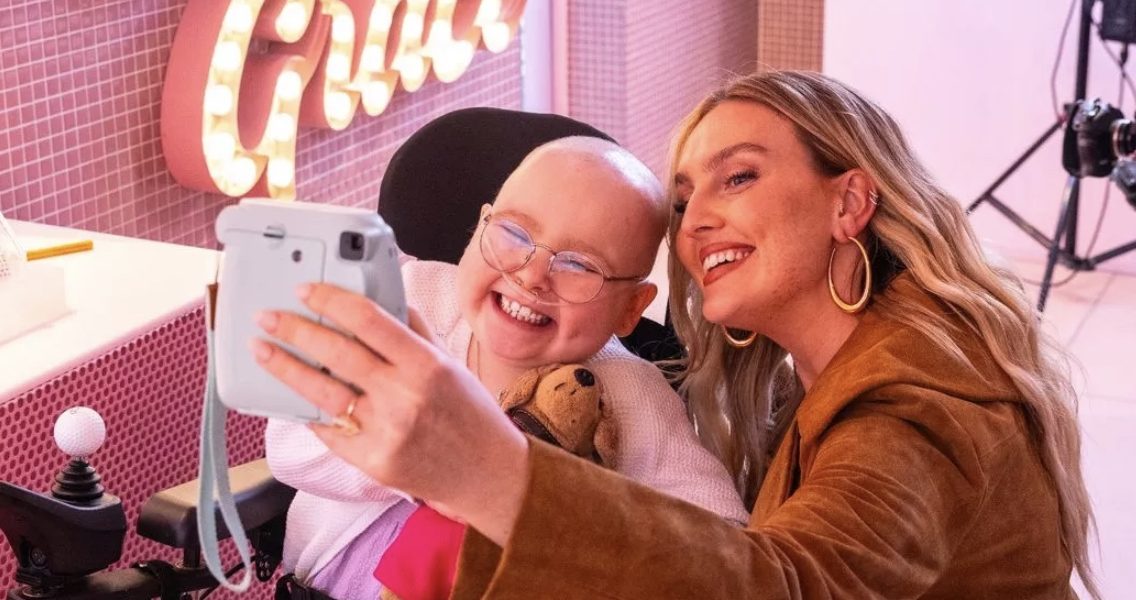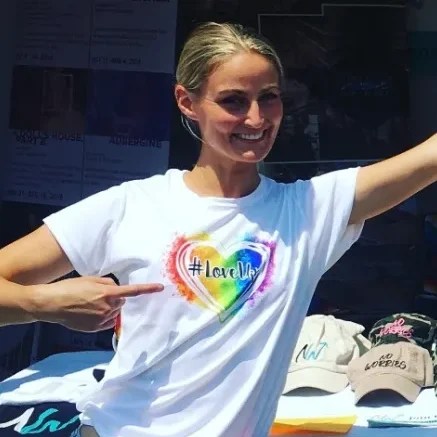How is crowdfunding on GoFundMe different?
We empower people to rally support for personal and charitable causes. We built our reputation by serving and supporting our community of organisers and donors, and we continue to build on that trust every day. GoFundMe’s giving community is more than 50 million strong and has raised more than $9 billion.
How it works
Our industry-leading fundraising tools help individuals, groups, and organisations share their stories far and wide. Even small donations can eventually grow into something extraordinary.
1. Create your fundraiser
GoFundMe helps you quickly create a fundraiser and tell your story. You can raise money as an individual or invite others to join your fundraising team. Learn more about team fundraising.
2. Share your fundraiser
Our sharing tools help you spread the word about your story via social media, emails, and even text messages. We make it easy to keep your network informed so you can raise more money quickly.
3. Easily accept donations
GoFundMe allows you to send donations directly to your or your beneficiary’s bank account, so you can get help right away.
Find out how it works
Choosing the right crowdfunding platform
Here’s what sets GoFundMe apart from the rest:
Trust & safety
Backed by the GoFundMe Giving Guarantee, our platform is the safest, most secure place to give and receive donations. We have a dedicated Trust & Safety team that works day and night to prevent misuse and make sure funds reach the right hands.
Advanced tools
The key to fundraising success is sharing your fundraiser with as many people as you can. With built-in social fundraising technology, GoFundMe crowdfunding makes it easy to spread awareness for your fundraiser so you can increase donations.
Fundraising resources
Our resource centre offers proven fundraising tips to set you up for success. Our blog is packed with content that helps you drive more donations to your fundraiser.
Crowdfunding best practices
Tell a compelling story
From your title to your story and photos, your fundraiser story should be based on your needs and it should inspire people to donate. Before getting started, learn how to make your fundraiser successful with our fundraiser story tips. And don’t forget to upload several high-quality photos or a video to exponentially increase donations to your fundraiser.
Share and update
Every time you share your fundraiser, you’ll bring in an average of £33 in donations—so share your fundraiser often on Instagram, Facebook, TikTok and other social platforms to encourage others to do the same. If you get enough momentum going, your fundraiser could go viral. Well-written updates with any news you share will keep supporters and potential donors engaged and in the loop.
Thank your donors
It’s crucial to show donors that their contributions are greatly appreciated, just like we thank someone for doing a good deed. Instead of giving them gifts or rewards, sending heartfelt thank-you messages is an excellent way to let each donor know how much their support means to you.
Expressing gratitude can inspire donors to give even more and continue supporting your cause beyond the original crowdfunding goal.
Our blog post, How to Write a Donation Thank-You Letter That Gets You to Your Goal, will walk you through crafting the best thank-you possible. Be sure to check out our 20 Affordable Ways to Say Thank You to Donors list if you’d like to show your gratitude beyond an email.
View more tips





